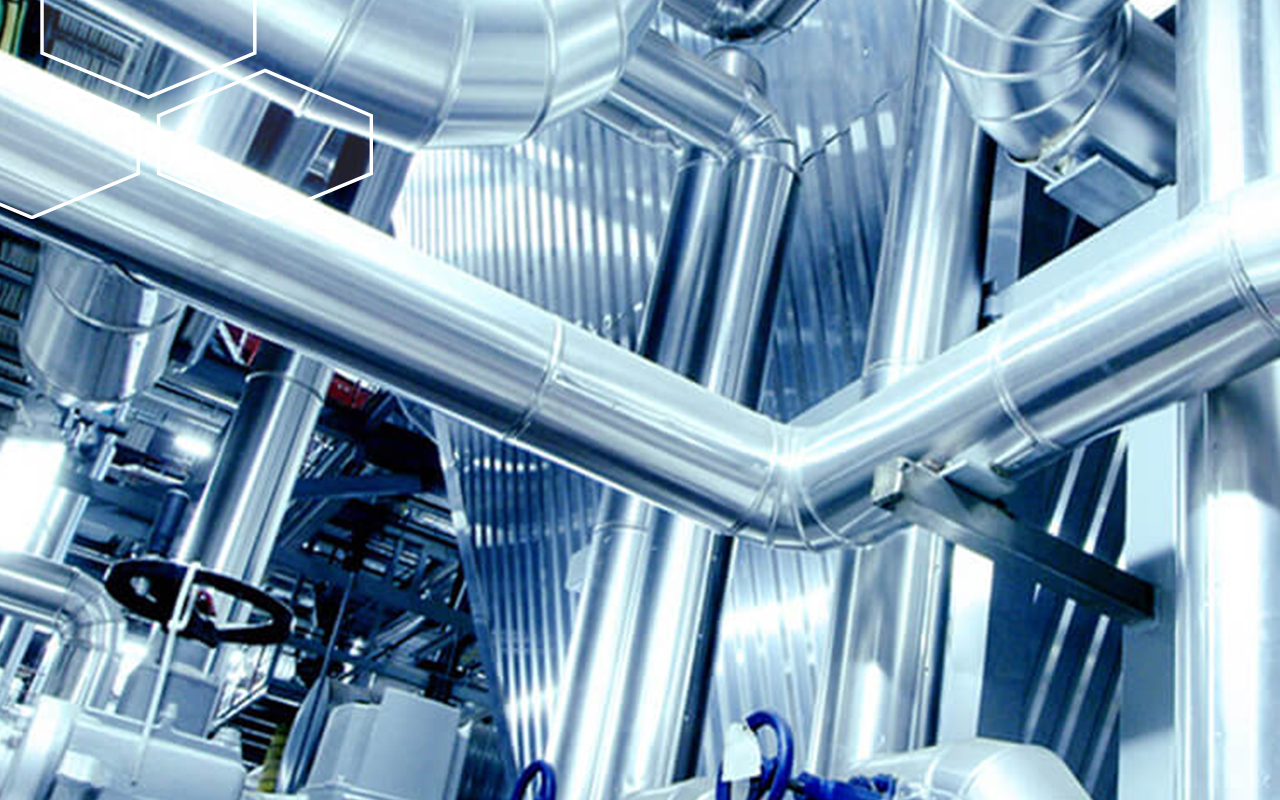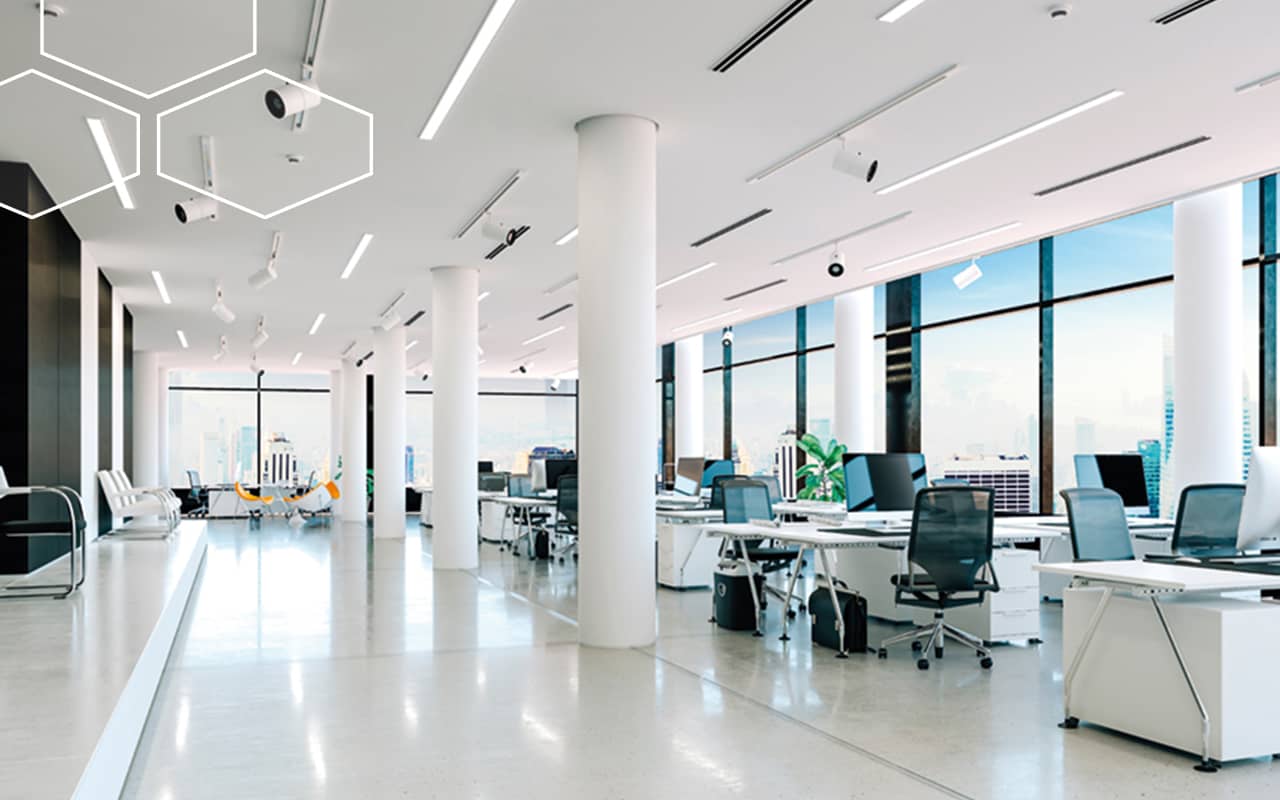School ventilation: Healthy air & energy efficiency for classrooms
Good air quality increases concentration and reduces downtime. HANSA Klima plans and supplies school ventilation solutions for Oldenburg, Lüdenscheid and the Northwest region – with heat recovery, quiet units and demand-based control (etaSmart) – eligible for funding and quick to retrofit.
Why school ventilation? (Benefits and goals)
- Health & Learning: CO₂ reduction, humidity and aerosol management.
- Energy saving: Heat recovery, demand-based fan control.
- Standards compliant: Design according to DIN/VDI (e.g., air exchange rates, sound insulation).
- Quick retrofitting: Compact units, short installation windows (holidays/weekends).
Which devices are suitable for schools?
Blue Line (centralized/decentralized depending on the project)
- High heat recovery efficiency, very quiet, modularly expandable.
- Ideal for wing/floor solutions.
Compact Line (compact retrofit)
- Plug-and-play, short assembly times, small footprint.
- For individual classrooms / small clusters.
Airbox 800 (room-by-room solution)
- Decentralized classroom ventilation up to ~800 m³/h, integrated heat recovery.
- Minimal intervention in the building structure.
Equipment allocation is carried out after an on-site check (air volumes, noise, statics, fire compartments).
Contact now!
Control and monitoring (optional: connect etaSmart)
- Demand-based control (CO₂, VOC, humidity, occupancy).
- Time programs (school schedule), holiday mode, remote monitoring.
Read more
Classroom specs (orientation)
CO₂ target: < 1,000 ppm (optimal 800–1,000 ppm)
Noise level during operation: suitable for teaching, target ≤ x dB(A) @ y m (project-specific after acceptance testing)
Airflow per room: approx. 400–800 m³/h (depending on occupancy/floor plan)
Retrofit: 1–3 days per room (holidays/weekends possible)
Heat recovery: available
DIN/VDI – Authority Notice
For classroom ventilation, factors such as air exchange per person, CO₂ target ranges, hygiene, acoustics, and heat recovery efficiency are important. Details and industry guidelines can be found at the German Association for Air Handling Units (rlt-geraete.de).
FAQ School Ventilation (Funding/DIN/CO₂)
Quick Checklist:
1. Check the funding type (new installation/retrofit, centralized/decentralized HVAC with heat recovery).
2. Review the requirements (noise, CO₂/presence sensors, efficiency documentation).
3. Have a technical specification drawn up (formulated in a way that qualifies for funding).
4. Submit the offer and supporting documents, adhering to the deadlines.
Note: Programs vary; we assess feasibility and provide specifications that meet funding requirements.
For classroom ventilation (HVAC), the following are typically considered:
- Air exchange rate per person & CO₂ target ranges,
- Hygiene & filter concept,
- Acoustics/sound insulation (suitability for teaching),
- Heat recovery efficiency & energy-related documentation.
We design according to standards and document acceptance testing/measurements.
Target: consistently < 1,000 ppm (often 800–1,000 ppm).
Achieved through demand-controlled flow rates, heat recovery, and sensors (CO₂/presence/humidity).
Planning objective: very low sound levels in the room (suitable for teaching).
Key aspects: equipment selection, ductwork design, attenuation + acceptance testing with documentation.
Experience from projects: approx. 1–3 days/room (installation, assembly, commissioning), often during the weekend/holiday window.
- Existing conditions: Are shafts/ducts already present? → Centralized access is advantageous.
- Construction time: Will a short renovation be necessary? → Decentralized/room-by-room.
- Acoustics: Are sound insulation goals achievable?
- Maintenance: Centralized access point vs. room-by-room maintenance.
- Budget/Phases: Floor-by-floor solution vs. phased classroom renovation.
We will assess the situation on-site and recommend the best option.
- Blue Line (central/floor-by-floor supply; heat recovery, modular).
- Compact Line (compact retrofit; plug-and-play, quick installation).
- Airbox 800 (decentralized classroom unit up to ~800 m³/h with heat recovery).
Selection based on air volume, acoustics, existing building structure, and fire protection.
Elevated CO₂ concentration, aerosol and humidity levels lead to fatigue, reduced concentration, and decreased comfort. A sensor-equipped fresh air supply reliably lowers these levels.
Predictable fresh air independent of weather and window ventilation, stable CO₂ levels, documentable hygiene/comfort during normal operation.






